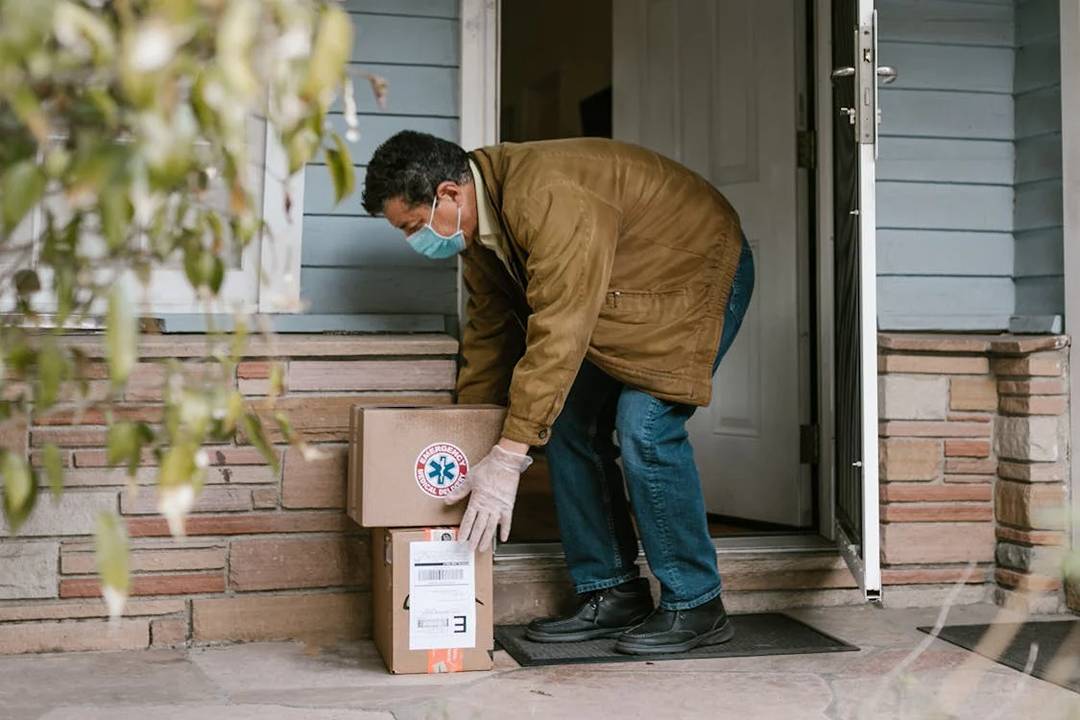
How Technology Is Improving Patient Transport in 2025
The healthcare sector relies on the efficient delivery of anything from medical supplies to lab samples. And when a patient or critical medical equipment needs to be moved to another location, medical transport processes must be streamlined to ensure timely deliveries.
Otherwise, bottlenecks and miscommunication can cause significant problems for patient care.
Fortunately, technology is helping shape a more coordinated, effective, and patient-focused future for medical transport thanks to digital platforms and other tools. Read on to learn more!
The Role of Digital Integration
Patching together phone calls and written schedules has resulted in medical transport systems that are slower and sometimes less accurate. It’s far too easy for human error to come into play and cause delays and errors.
Today’s digital tools are creating a new approach to medical transport that doesn’t rely on traditional modes of communication. With the help of digital integration, comprehensive databases are the new epicenter of communication.
They offer GPS tracking to identify exact arrival times for deliveries and improve routes, while AI can direct more timely dispatches. This also results in quicker messaging among all parties involved in a transport. Cloud-based coordination systems give hospitals and clinics an advantage.
They can allow all individuals, including drivers and nurses, to communicate more frequently to share details about deliveries, routes, and drop-off locations. In short, digital tools make it easier to coordinate logistics in a transparent and effective manner.
How Mobile Apps Help
Checking the status of non-emergency medical supplies or equipment has never been easier. With a medical delivery app, healthcare professionals can access information about deliveries using smartphones.
They can see real-time estimates on delivery times, get updates on a patient’s status, and communicate with multiple staff across different areas of service. All of this information can be synced with electronic health records (EHR), and those initiating the delivery can look up a driver’s certifications to verify they are qualified and reliable.
All of these advances have facilitated more effective delivery protocols. Further, given the sensitivity of information involved in healthcare, patients can feel more confident that secure details are safeguarded during transitions.
If they’re awaiting medication to manage a chronic disease, for instance, they can trust that it will arrive safely and on time.
Healthcare facilities can schedule and manage transportation services at a higher level. Medical apps feature analytics to help administrators check overall performance with deliveries and identify areas of weakness in their logistics chain.
This improves reliability with anything from ambulance rides to medication pickups.
Protecting the Most Critical Deliveries
While patients may need to be transported from a clinic to a hospital, other critical materials must be handled with care, as well. Organs for transplants, lab results, and other supplies can reach their destinations more quickly with AI-powered route optimization.
Some of the best platforms use sensor-equipped smart containers, which can track details like humidity and temperature. Since these environmental factors can trigger degradation or inaccuracies, medical professionals and their patients benefit from real-time alerts if anything changes.
For instance, if vibrations are too great, those handling an organ delivery can intervene. And some patients use wearable devices during high-risk transport scenarios. If their vital signs change, their team can take action.
Technology can alert medical professionals involved in a transport to other important information, as well.
For instance, a hospital may be experiencing intake delays due to increased patient volume. The weather might be slowing traffic. Sensors and AI-powered communication can gather and distribute this information quickly so drivers or dispatchers can make adjustments to their routes or plans.
Status alerts keep everyone on the same page, and individual team members can access the latest updates on user-friendly dashboards through medical apps.
The Impact of Technology
Digital tools are transforming healthcare, automating delivery processes and providing more transparent information to healthcare providers and patients. With a future that could include drone deliveries among other innovations, patients can expect faster access to care and the essential resources they need.
In 2025, safer transport journeys and improved communication among all parties involved in medical transport have become the expectation, thanks to medical apps and platforms. This translates to better patient care and stronger health outcomes.

Comments (0)